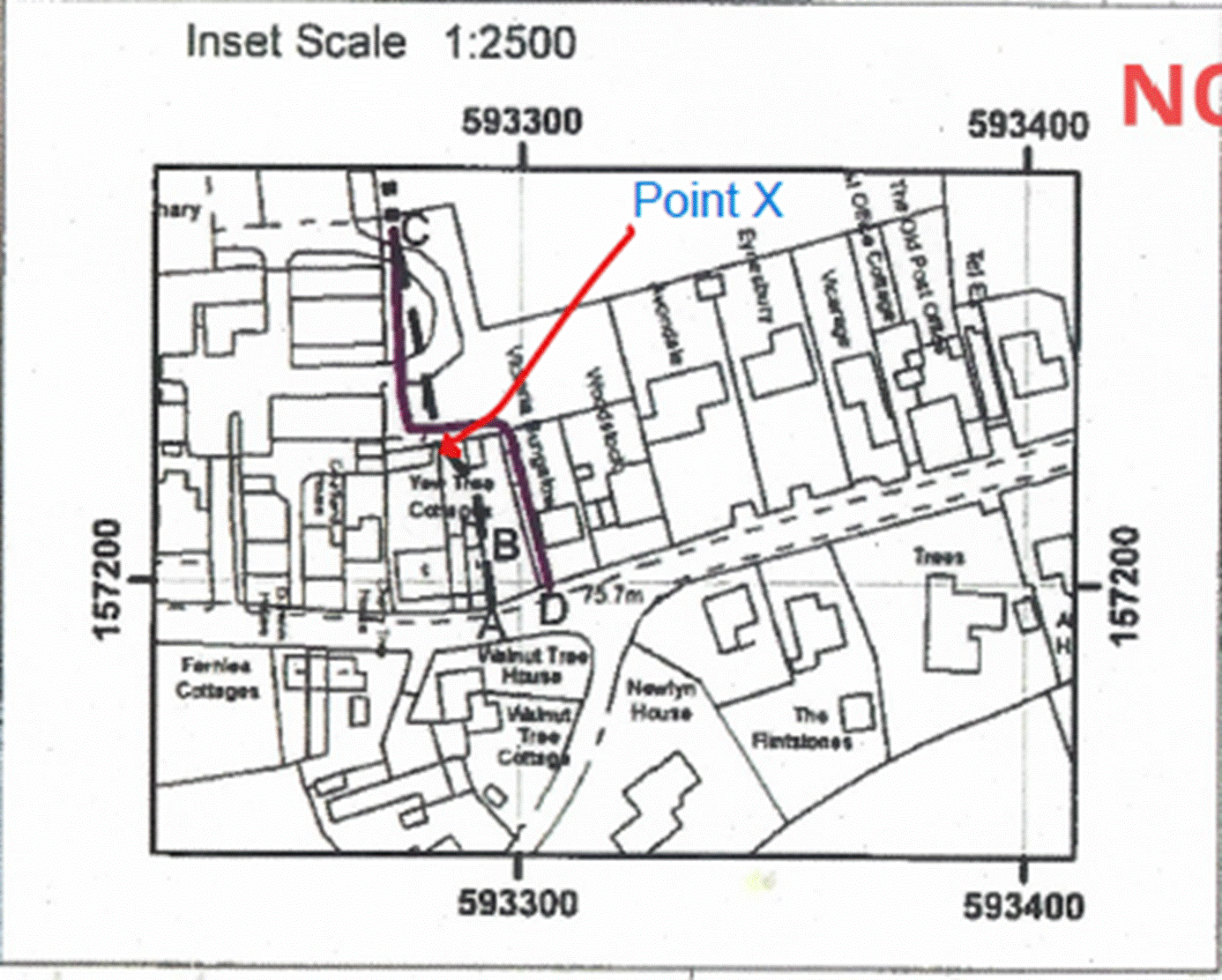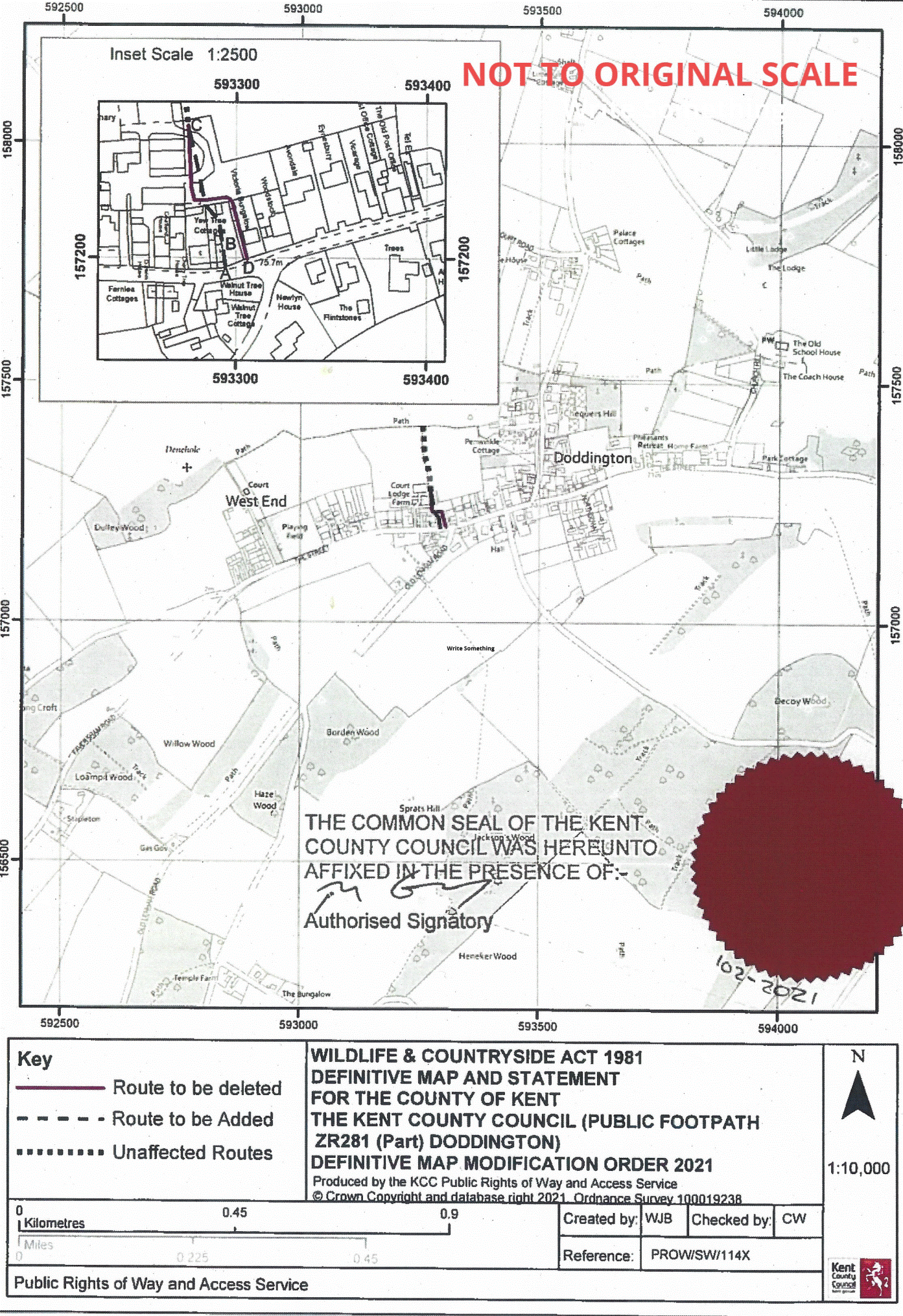
England and Wales Court of Appeal (Civil Division) Decisions
You are here: BAILII >> Databases >> England and Wales Court of Appeal (Civil Division) Decisions >> McLeish & Anor v Secretary of State for Environment Food and Rural Affairs & Anor [2024] EWCA Civ 1562 (13 December 2024)
URL: https://www.bailii.org/ew/cases/EWCA/Civ/2024/1562.html
Cite as: [2024] EWCA Civ 1562

